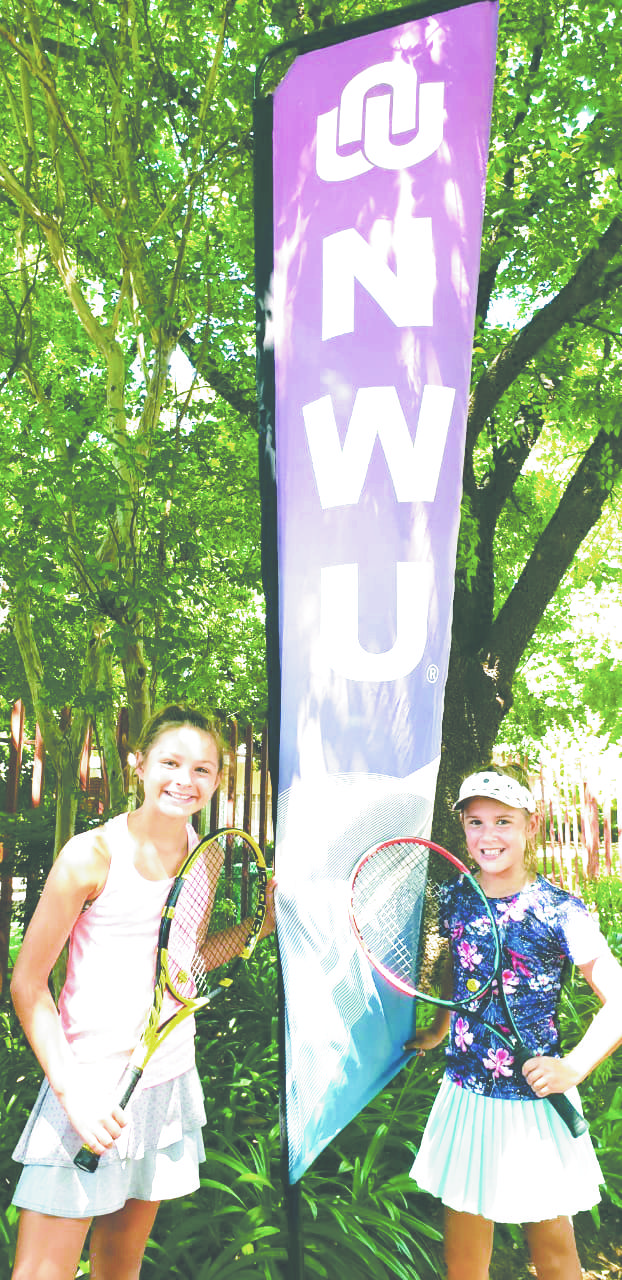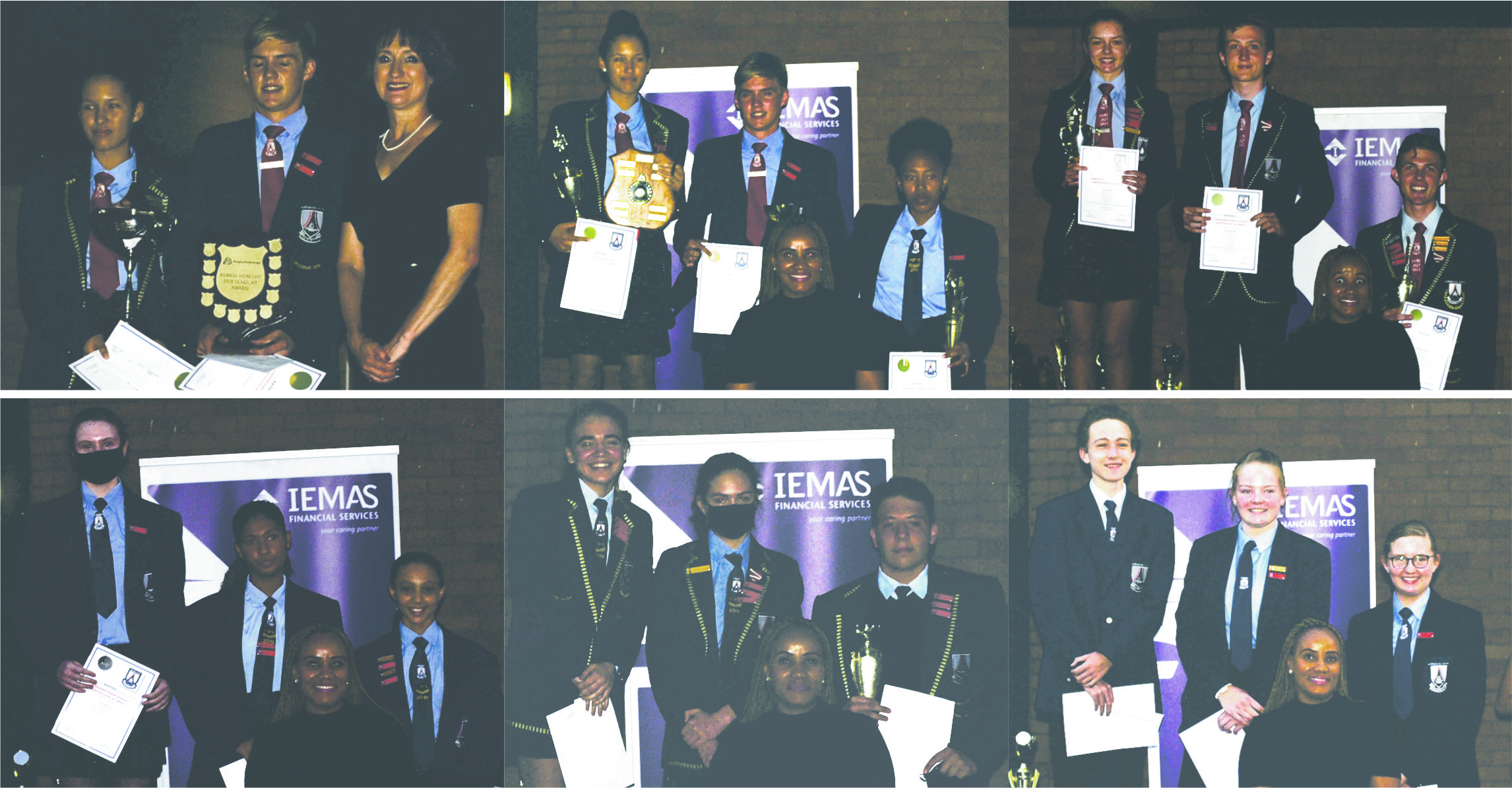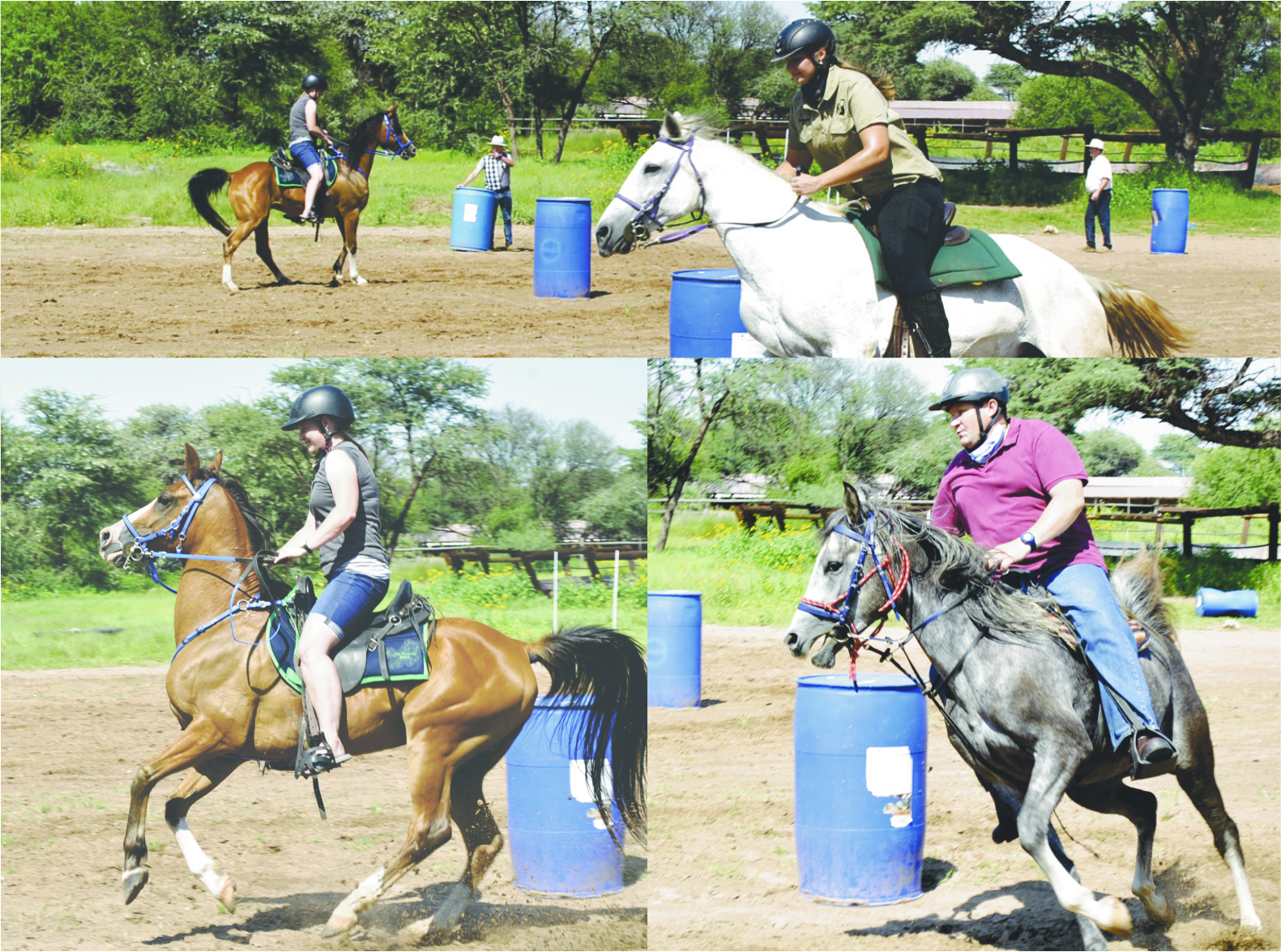
Officials drawn from Kimberley and Pretoria in the department of Cooperative Governance, Human Settlements and Traditional Affairs (COGHSTA) met chiefs in the John Taolo Gaetsewe district to present a ministerial project on agrarian reform. The blueprint is aimed at addressing issues to deal with poverty alleviation, hunger and food security through community work programmes.
According to the officials, the presidency has taken the agrarian reform as one of the significant steps towards narrowing the high levels of poverty, hunger and food security.
The collective outcomes from the national engagement team, resolved that an action plan in the making must involve a multifaceted approach where stakeholders must have a memorandum of understanding.
Among the stakeholders traditional leaders make the integral component of the programme as these leaders are the custodians of land in which the agrarian programme is centred. The meeting also highlighted the need to identify relevant use of land without specifically looking into crop farming as the only means of production in an endeavour to subdue hunger and poverty.
The briefing, as a result, sought to give the local traditional leaders what government has deemed crucial to improve the lives of people through a participatory engagement of the local leadership with various stakeholders in the relevant sectors. The need for water in land tillage not only based on crop production but in other forms of agriculture was also highlighted at the meeting giving the symbiotic relationship between the departments such as water resources, agriculture etc.
Another important aspect touched, was the land analysis tests to determine which crops suited a certain area in the region. Departments allied to the agrarian revolution have to use the provincial master plan by streamlining what is possible in the Northern Cape as well as identifying regional land utility. The John Taolo Gaetsewe region is seen as a lucrative livestock region and with limited potential to crop production where Manyeding village is a good example.
The biggest conundrum in the implementation of the project is the availability of land as well as fencing the targeted area. Irrigation projects were also seen as a viable route provided water from the Vaal and Orange rivers could be harnessed. Amongst the paramount chiefs who attended the meeting was Chief Bareki from Heuningvlei, Chief Toto from Batlharos, Chief Petlhu from Camden, Chief Jantjie from Manyeding and Chief Motswaragkole from Dithakong.



















